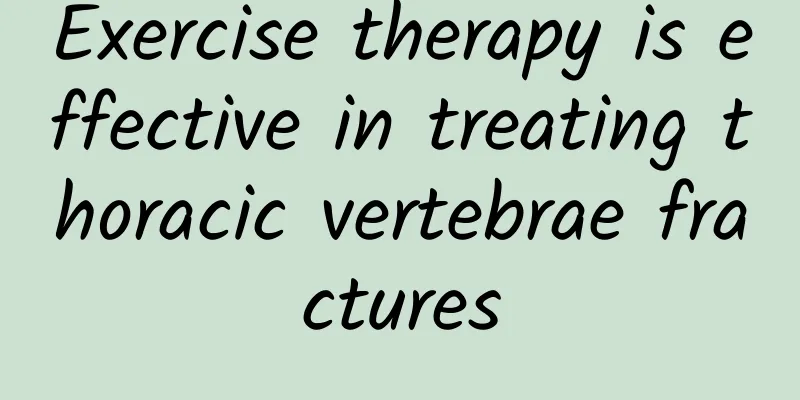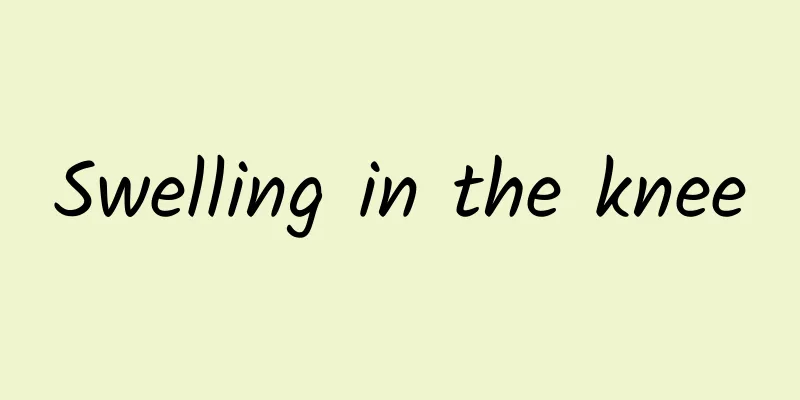Exercise therapy is effective in treating thoracic vertebrae fractures

|
For common diseases such as thoracic vertebra fractures, we can treat them through exercise therapy, but exercise therapy must be persisted in to see obvious results, so if you choose this method, you must stick to it. 1. The significance of functional exercise therapy for thoracic vertebral fractures Functional exercise after a fracture can exert the tension of the anterior longitudinal ligament of the spine and the fiber ring of the intervertebral disc as well as the muscle splinting effect of the lumbar and back muscles to avoid soft tissue adhesion and tissue fibrosis. Persistent exercise can significantly reduce chronic low back pain and other fracture sequelae. It can also promote blood circulation throughout the body and prevent osteoporosis and muscle atrophy. Therefore, after the pain is relieved, low back muscle exercises should be performed early. 2. Principles of functional exercise therapy for thoracic vertebrae fractures Start as early as possible, start with the easy and then move on to the difficult, start with small steps and then move on to large steps, increase the number of times from few to many, and the time from short to long, proceed step by step and persevere. Focus on the patient's active activities and avoid rough passive activities. 3. Specific methods of functional exercise treatment for thoracic vertebral fractures (1) Reduction period: Use a pillow for 1 to 2 weeks and encourage the patient to practice active abdominal extension, 3 times a day, each time for 5 to 10 minutes. (2) Point support method: Lie on your back and use your head, elbows, and heels to support your entire body, allowing your back to stretch backward. This should be done about one week after injury. (3-point support method: lie on your back, place your arms in front of your chest, support yourself with your head and feet, arch your waist, hips and back to get out of bed, which is good for exercising your waist and back muscles. Do this exercise 2 to 3 weeks after injury. (4) 4-point support method: Lie on your back and use your hands and feet to support yourself on the bed at 4 points, with your whole body suspended in the air like an arch bridge. This should be performed 3 to 4 weeks after injury. (5) Flying Swallow Touching Water Method: Lie prone, stretch your neck backwards with a little force, then lift your chest off the bed. Stretch your upper limbs toward your back, straighten your knees, and lift your legs with your abdomen as the support point, like a flying swallow touching water. Practice this method for 5 to 6 weeks. |
<<: What are the treatments for gastric erosion?
>>: How to deal with Internet addiction? Use the right method to treat it
Recommend
Difficulty falling asleep, regulating the liver; easy waking, regulating the spleen; not being able to fall asleep, regulating the kidneys
It's very torturous to be unable to sleep at ...
What is the problem of blisters in the vagina? How to treat vaginal blisters?
If there are blisters at the vaginal opening, it ...
What is the precursor of bad breath?
Bad breath is quite common in our daily life. The...
Cassia seed nature and flavor meridian
Cassia seed tea is the perfect seed of the legume...
The feeling of eating wolfberry for a long time
If you are someone who likes to maintain your hea...
What does a muscle strain feel like?
Many people should know about muscle strain, a ty...
The role of tin foil
Tin foil is not unfamiliar to everyone. It is a co...
6 months pregnant vaginal pain
We attribute the vaginal pain of ordinary women t...
What to do when you feel chest tightness when angry? Try these 7 foods that soothe your stomach
As the saying goes: Most of the things in life ar...
Heart failure care
Many people in our lives have unhealthy hearts. S...
Total hip replacement rehabilitation guide, rehabilitation elements to understand
With the continuous advancement of current medica...
What are the dietary guidelines for hemodialysis patients?
People will encounter many diseases in their dail...
How to treat athlete’s foot during confinement?
It is very annoying that you cannot go out during...
What is the TCM treatment for lower limb edema?
Edema generally refers to excessive fluid in the ...
Blood deficiency, wind dryness and hair loss, Chinese medicine treatment is effective
The phenomenon of hair loss due to blood deficien...









